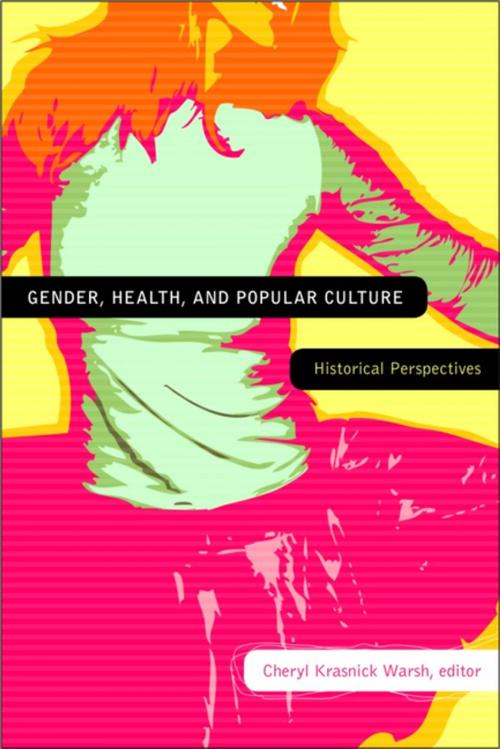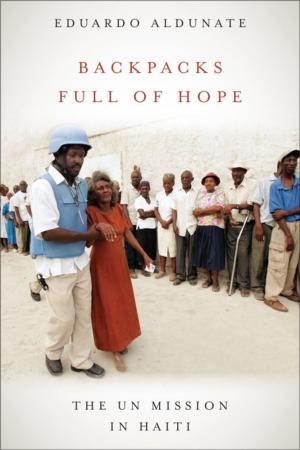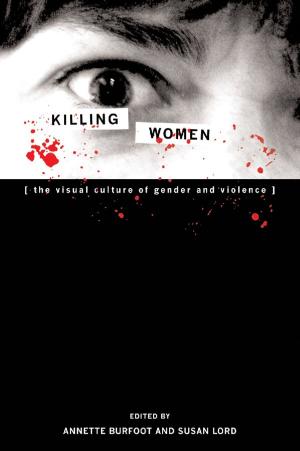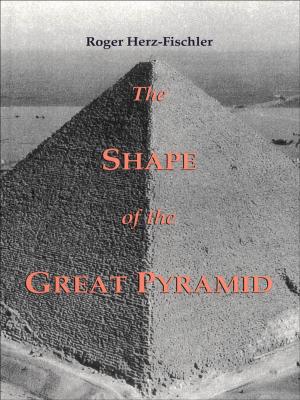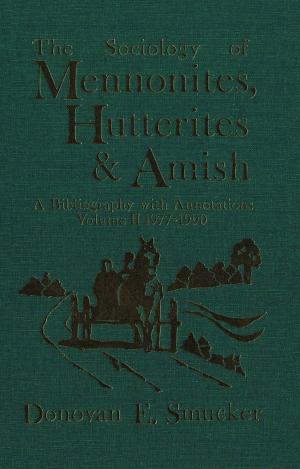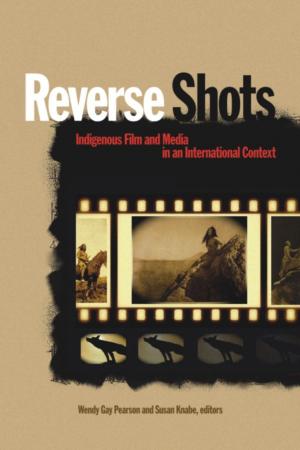Gender, Health, and Popular Culture
Historical Perspectives
Nonfiction, Health & Well Being, Health, Health Care Issues, Social & Cultural Studies, Social Science, Cultural Studies, Popular Culture, Gender Studies| Author: | ISBN: | 9781554582532 | |
| Publisher: | Wilfrid Laurier University Press | Publication: | July 7, 2011 |
| Imprint: | Wilfrid Laurier University Press | Language: | English |
| Author: | |
| ISBN: | 9781554582532 |
| Publisher: | Wilfrid Laurier University Press |
| Publication: | July 7, 2011 |
| Imprint: | Wilfrid Laurier University Press |
| Language: | English |
Health is a gendered concept in Western cultures. Customarily it is associated with strength in men and beauty in women. This gendered concept was transmitted through visual representations of the ideal female and male bodies, and ubiquitous media images resulted in the absorption of universal standards of beauty and health and generalized desires to achieve them. Today, genuine or self-styled experts—from physicians to newspaper columnists to advertisers—offer advice on achieving optimal health.
Topics in this collection are wide ranging and include childbirth advice in Victorian Australia and Cold War America, menstruation films, Canadian abortion tourism, the Pap smear, the Body Worlds exhibition, and fat liberation. Masculinity is explored among drunkards in antebellum Philadelphia and family memoirs during the 1980s AIDS epidemic. Seemingly objective public health advisories are shown to be as influenced by commercial interests, class, gender, and other social differentiations as marketing approaches are, and the message presented is mediated to varying degrees by those receiving it.
This book will be of interest to scholars in women’s studies, health studies, marketing, media studies, social history and anthropology, and popular culture.
Health is a gendered concept in Western cultures. Customarily it is associated with strength in men and beauty in women. This gendered concept was transmitted through visual representations of the ideal female and male bodies, and ubiquitous media images resulted in the absorption of universal standards of beauty and health and generalized desires to achieve them. Today, genuine or self-styled experts—from physicians to newspaper columnists to advertisers—offer advice on achieving optimal health.
Topics in this collection are wide ranging and include childbirth advice in Victorian Australia and Cold War America, menstruation films, Canadian abortion tourism, the Pap smear, the Body Worlds exhibition, and fat liberation. Masculinity is explored among drunkards in antebellum Philadelphia and family memoirs during the 1980s AIDS epidemic. Seemingly objective public health advisories are shown to be as influenced by commercial interests, class, gender, and other social differentiations as marketing approaches are, and the message presented is mediated to varying degrees by those receiving it.
This book will be of interest to scholars in women’s studies, health studies, marketing, media studies, social history and anthropology, and popular culture.
